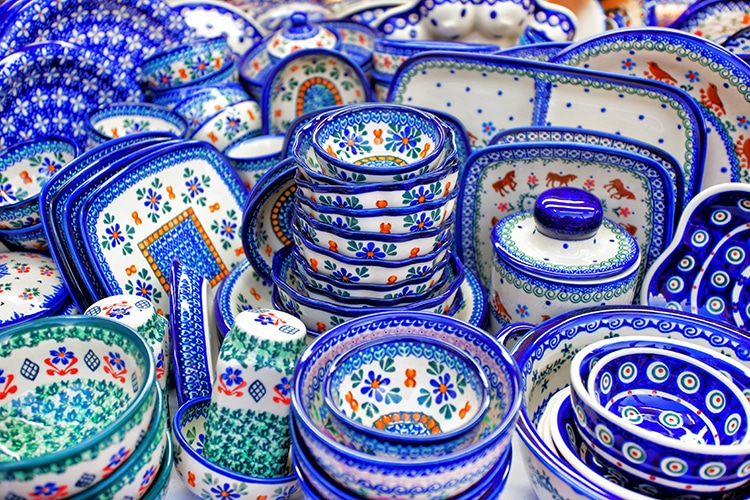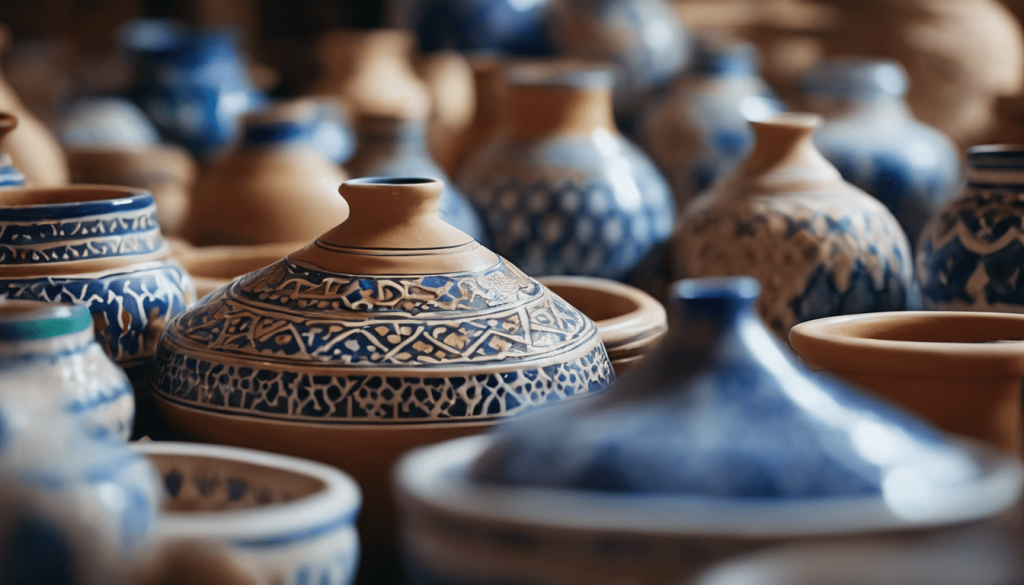Introduction
Welcome to the captivating realm of ceramic artistry! From ancient civilizations to modern artisans, the craft of shaping clay into beautiful objects has held a special place in human culture. In this comprehensive guide, we will delve into the fascinating world of ceramic artistry, exploring its rich history, diverse techniques, and enduring appeal.
Unearthing the Origins of Ceramic Artistry

Ceramic artistry traces its origins back thousands of years, with evidence of pottery-making dating back to prehistoric times. Ancient civilizations such as the Egyptians, Greeks, and Chinese developed sophisticated pottery techniques, creating vessels for both practical and ceremonial purposes.
Mastering the Medium: Techniques and Tools
Mastering Ceramic Artistry Techniques
Ceramic artists employ a variety of techniques to transform clay into works of art. From hand-building to wheel-throwing, each method offers unique opportunities for creativity and expression.
Hand-Building
Hand-building is one of the oldest and most versatile techniques in ceramic artistry. Artists use their hands to shape clay into intricate forms, such as bowls, sculptures, and tiles. Coiling, pinching, and slab-building are common hand-building methods, allowing artists to explore different textures and shapes.
Wheel-Throwing
Wheel-throwing, also known as pottery throwing, involves shaping clay on a spinning wheel to create symmetrical forms. This technique requires precision and control, as artists manipulate the clay’s shape and thickness while it rotates on the wheel.
Glazing and Firing
Once the ceramic piece is formed, it undergoes the glazing and firing process to achieve its final appearance. Glazes, made from various minerals and oxides, add color and texture to the surface of the pottery. Firing, conducted in a kiln at high temperatures, strengthens the clay and transforms the glazes into a durable, glassy finish.
Exploring Contemporary Trends
Innovations in Ceramic Artistry
While traditional techniques remain central to ceramic artistry, contemporary artists are pushing the boundaries of the craft with innovative approaches and experimental materials.
Mixed-Media Integration
Many modern ceramic artists are incorporating other materials, such as metal, wood, and textiles, into their work. This interdisciplinary approach allows for a fusion of textures and forms, resulting in truly unique pieces of art.
Digital Technology
Advancements in digital technology have revolutionized ceramic artistry, enabling artists to design and produce intricate patterns and shapes with precision. Computer-aided design (CAD) software and 3D printing techniques are reshaping the way ceramics are created and experienced.
Embracing Ceramic Artistry: The Joy of Creation
Benefits of Ceramic Artistry
Engaging in ceramic artistry offers a host of benefits beyond the creative process itself. From stress relief to community building, the practice of working with clay can enrich both body and soul.
Therapeutic Value
Working with clay has been shown to have therapeutic effects, reducing stress and promoting relaxation. The tactile nature of the medium allows artists to connect with their senses and engage in mindful, meditative practice.
Sense of Accomplishment
The process of transforming a lump of clay into a finished piece of art brings a profound sense of accomplishment and pride. Whether it’s a simple mug or an elaborate sculpture, each creation represents a triumph of creativity and skill.
Frequently Asked Questions (FAQs)
What types of clay are commonly used in ceramic artistry?
In ceramic artistry, artists typically work with several types of clay, including earthenware, stoneware, and porcelain. Each type has its own unique properties and characteristics, influencing the final appearance and durability of the finished piece.
How long does it take to learn ceramic artistry?
Learning ceramic artistry is a lifelong journey, with artists continually refining their skills and exploring new techniques. While basic techniques can be learned relatively quickly, mastering the craft requires dedication, practice, and a willingness to learn from both successes and failures.
Can I create ceramic artistry at home without a kiln?
While having access to a kiln certainly expands the possibilities of ceramic artistry, it is possible to create pottery at home without one. Air-dry clays and oven-bake clays offer alternatives for those without kiln access, allowing artists to experiment with the medium in a home studio setting.
Are there any famous ceramic artists I should know about?
Yes, there are many renowned ceramic artists who have made significant contributions to the field. Some notable figures include Pablo Picasso, Eva Zeisel, and Beatrice Wood, each known for their distinctive styles and innovative approaches to ceramic artistry.
What safety precautions should I take when working with clay and glazes?
When working with clay and glazes, it’s important to prioritize safety to avoid potential health hazards. This includes wearing protective gear such as gloves and masks, ensuring adequate ventilation in the studio, and following proper handling and disposal procedures for materials.
Where can I find resources for learning more about ceramic artistry?
There are many resources available for aspiring ceramic artists, including books, online courses, and local pottery studios. Additionally, joining ceramic art communities and attending workshops and events can provide valuable opportunities for learning and networking.
Conclusion
In conclusion, ceramic artistry is a timeless craft that continues to captivate and inspire artists and enthusiasts around the world. Whether you’re a seasoned professional or a curious beginner, exploring the world of ceramic artistry offers endless possibilities for creativity, self-expression, and personal growth.

